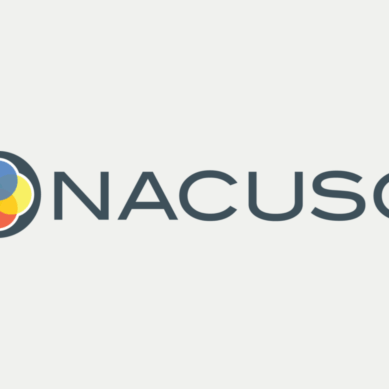This article first appeared on YourMarketing.Co.
In this very competitive financial landscape, credit unions have no choice but to differentiate themselves to attract and retain members. A well-crafted, strategic marketing plan is essential to making this happen.
It’s not all-inclusive, but here’s a peek behind the curtain of how we craft our credit union strategic marketing plans, walking you through a plan that aligns with your credit union’s mission while also driving growth and member engagement.
Step 1: Understand your credit union’s mission and goals
Every credit union marketing plan starts with a clear understanding of your credit union’s mission, vision, and long-term goals. That is, assuming you have a well-defined mission and vision (if not, we start there)! This ensures your marketing efforts are aligned with the overall direction and ideals of your organization.
- Mission Statement: Reflect on your credit union’s mission. How does it serve the community? What are its core values?
- Goals: Identify both short-term and long-term goals. These could include increasing membership, improving member engagement, or enhancing financial education programs.
Step 2: Define your ideal member (target audience)
I like using the term “ideal member” for your target audience. An ideal member is the one member you can point to and say, “This is the one member I would duplicate a thousand times to bring to our credit union.” Understanding your ideal member is crucial for effective marketing. Segment your audience based on demographics, psychographics, and behaviors to better understand your ideal member.
- Member Demographics: Age, income level, occupation, and family status.
- Psychographics: Interests, values, and lifestyle choices.
- Behavioral Data: Spending habits, product usage, and engagement with your credit union.
Step 3: Set SMART marketing objectives
Your marketing objectives should be SMART—Specific, Measurable, Achievable, Relevant, and Time-bound. These objectives will guide your marketing strategies and tactics.
- Specific: Clearly define what you want to accomplish.
- Measurable: Establish criteria for measuring progress.
- Achievable: Set realistic, attainable goals.
- Relevant: Ensure those objectives align with your credit union’s mission and goals.
- Time-bound: Set a timeframe for achieving those objectives.
Step 4: Develop marketing strategies and tactics
Based on your objectives, create strategies and tactics that will help you achieve your goals. These should leverage strengths and opportunities while addressing weaknesses and threats.
- Content Marketing: Create valuable content that addresses the needs and interests of your members. This could include blog posts, newsletters, webinars, and social media updates.
- Digital Marketing: Utilize SEO, email marketing, and online advertising to effectively reach your target audience.
- Community Engagement: Participate in community events, offer financial education workshops, and build partnerships with local organizations.
- Member Experience: Focus on improving the overall experience of your members through personalized services, responsive customer support, and convenient, digital banking options.
Step 5: Allocate resources and budget
Determine the resources and budget required to implement your marketing plan. This includes financial resources, staffing, and technology.
- Budget: Allocate funds for each marketing activity, including advertising, content creation, and events.
- Staffing: Ensure you have the right team in place to execute your marketing strategies. This might involve hiring new staff or providing additional training for current employees.
- Technology: Invest in the necessary technology and tools, such as marketing automation software, CRM systems, and analytics platforms.
Step 6: Monitor, evaluate, and adjust
Regularly monitor and evaluate the effectiveness of your marketing plan. Use Key Performance Indicators (KPIs) to track progress and make informed, data-driven decisions.
- KPIs: Track metrics such as membership growth, engagement rates, and ROI.
- Evaluation: Conduct regular reviews of your marketing activities to assess their impact.
- Adjustment: Be prepared to adjust your strategies and tactics based on your findings. This will ensure your marketing plan remains dynamic and responsive to changes in the market and your members’ needs.
Creating a credit union strategic marketing plan is essential to thrive in today’s competitive environment. By understanding your mission, defining your ideal member, setting SMART objectives, developing effective strategies, allocating resources, and continually monitoring your progress, you can build a marketing plan that drives success and fosters str






















































